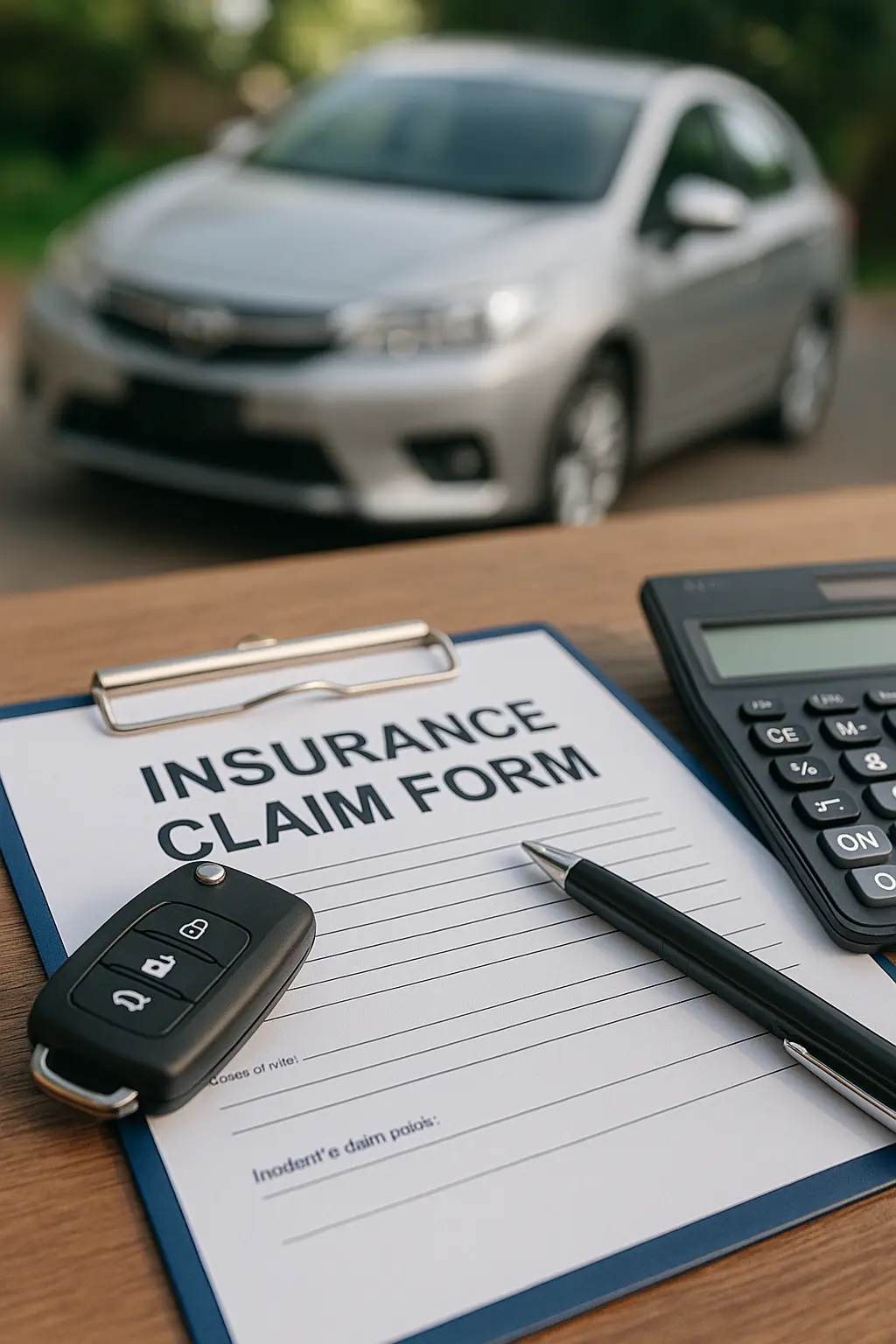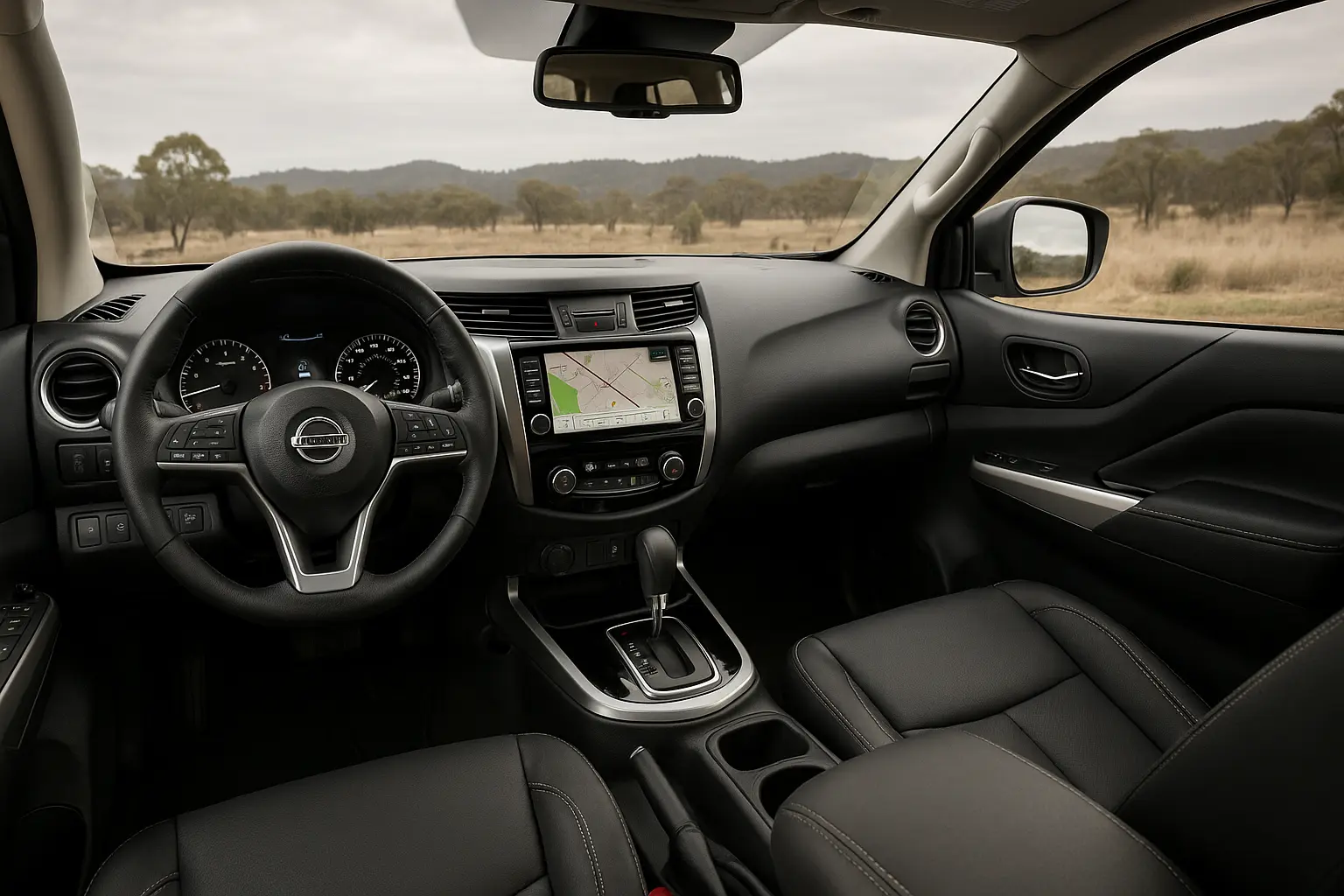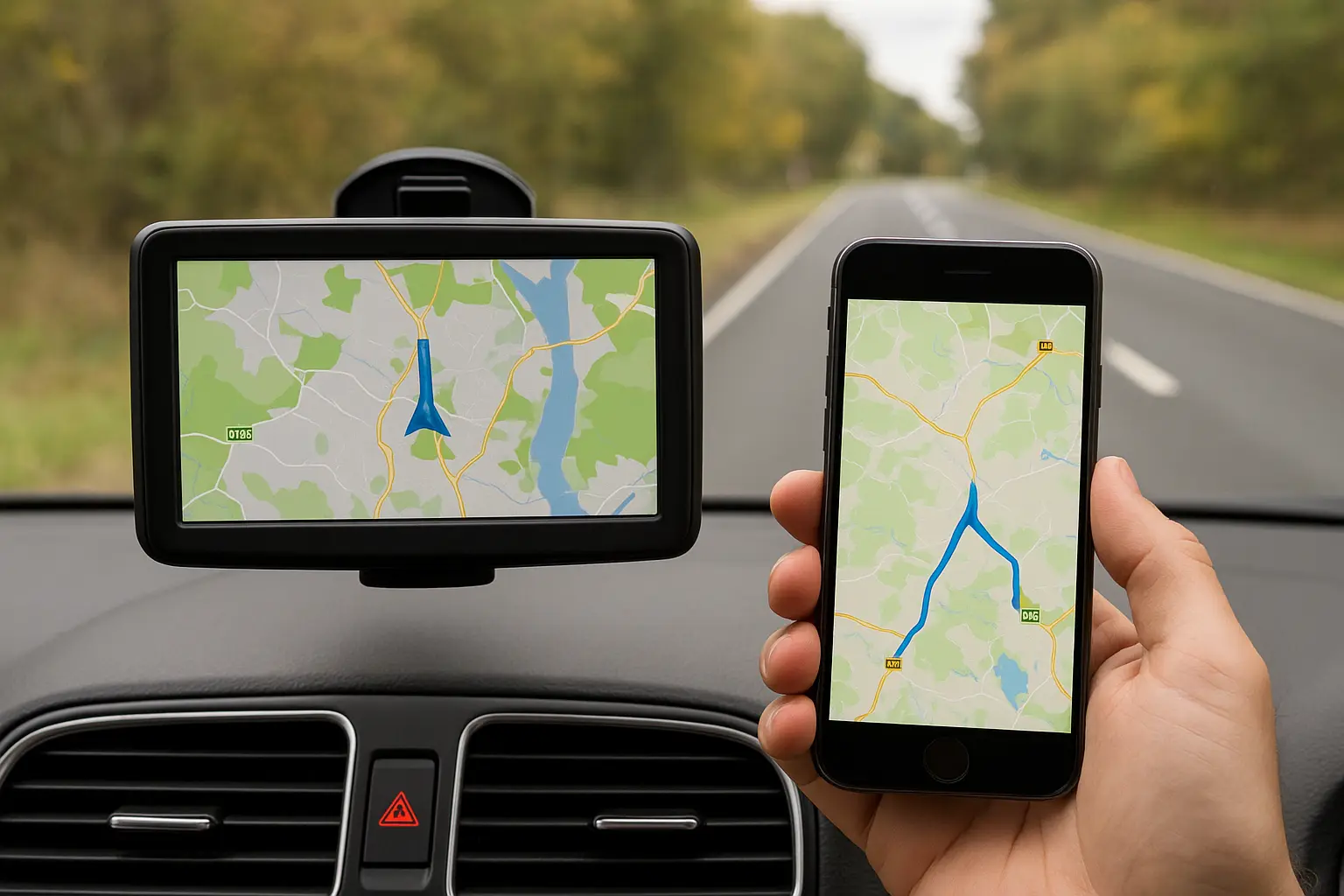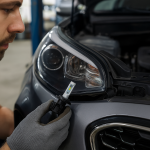Car accidents can be stressful, disruptive, and emotionally draining. Beyond the immediate shock, dealing with insurance claims in Australia often feels like navigating a maze of paperwork, phone calls, and fine print. Whether you are at fault or not, the way you handle your claim can significantly impact the final payout.
This comprehensive guide explains every step of the insurance claims process, highlights common pitfalls, and provides expert tips to ensure you maximise your settlement. Whether you drive a hatchback in Sydney, a ute in the outback, or an SUV in Melbourne, understanding the car insurance process in Australia is essential for every driver.
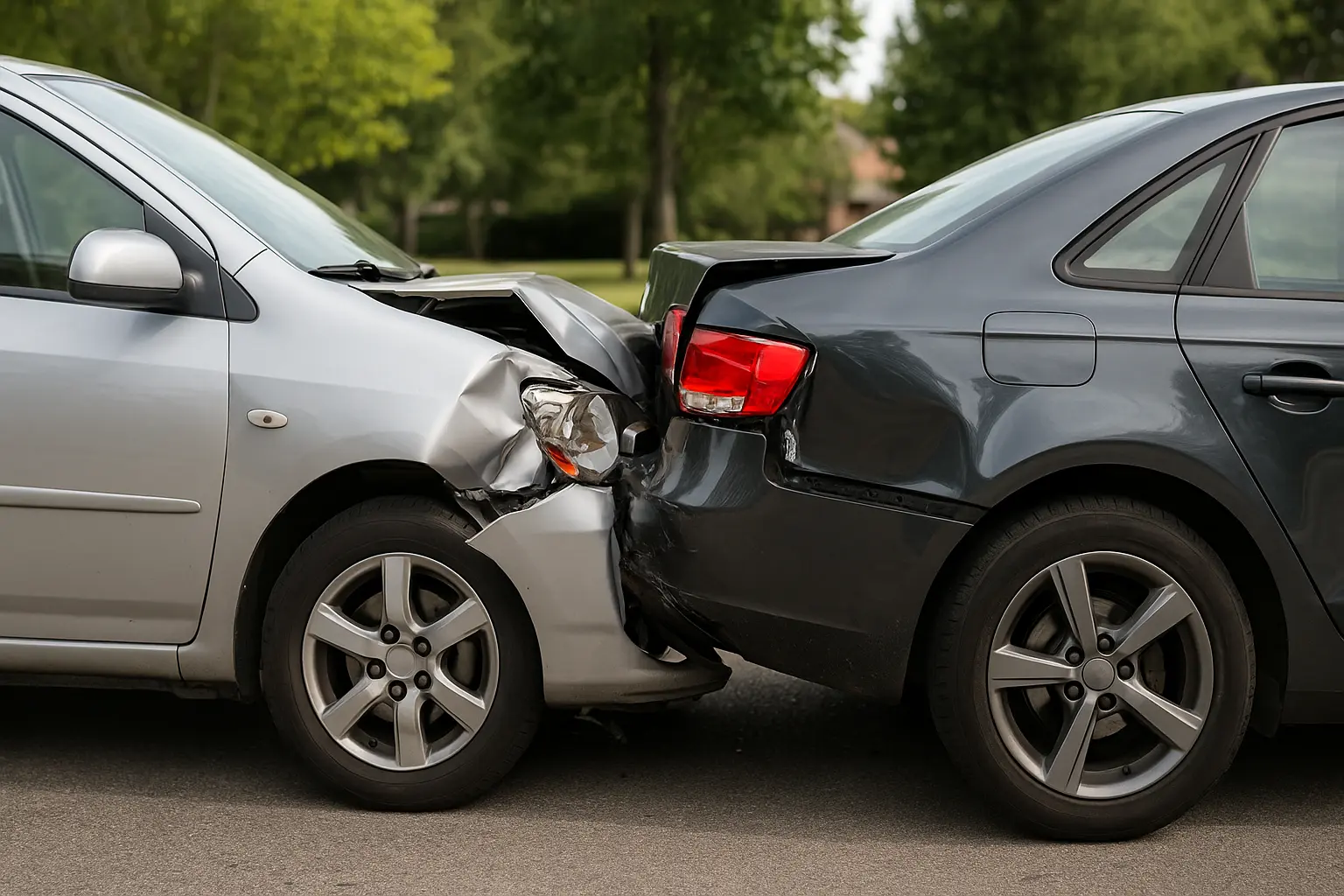
Understanding Car Insurance in Australia
Before diving into claims, it’s worth revisiting how car insurance works locally. In Australia, there are four main types of car insurance policies:
- Compulsory Third Party (CTP) – Mandatory in all states; covers injuries to others if you’re at fault.
- Third Party Property – Covers damage you cause to other people’s property or vehicles.
- Third Party Fire & Theft – Adds cover for your own vehicle if it’s stolen or damaged by fire.
- Comprehensive Insurance – Covers damage to your vehicle, others’ vehicles, and property regardless of fault (with exceptions).
When you make a claim, the coverage depends on your policy. For example, if you only have Third Party Property, you cannot claim for damage to your own car.
Step-by-Step Car Accident Insurance Claims Process
Stay Calm and Ensure Safety
Immediately after an accident, prioritise safety. Check for injuries, move vehicles if necessary, and call emergency services if anyone is hurt. Never admit fault at the scene — let insurers and authorities decide responsibility.
Collect Evidence
Insurers rely heavily on evidence. Gather the following:
- Photos of damage, number plates, and the accident scene
- Contact details of other drivers, passengers, and witnesses
- Police report number (if applicable)
Notify Your Insurer
Most policies require prompt notification. Call your insurer’s claims hotline as soon as possible. Provide basic details such as:
- Date, time, and location of the accident
- Other driver’s details and insurer
- A summary of what happened
Submit Your Claim
You’ll need to complete a claim form, either online or via your insurer’s app. Attach photos, police reports, and any repair quotes if available.
Vehicle Assessment
Insurers will usually send your car to an authorised repairer for assessment. The repairer provides a quote and sends it directly to the insurer. If your car is a total loss (written off), the insurer will calculate a payout based on the market or agreed value.
Claim Approval and Settlement
Once all documents are reviewed, the insurer either approves repairs or issues a payout. This may include:
- Repair costs (minus your excess)
- Replacement car (if you have rental cover)
- Settlement amount if written off
Tips to Maximise Your Insurance Payout
Know Your Policy Inside Out
Many drivers never read their insurance policy until after an accident. Familiarise yourself with:
- Agreed vs. market value cover
- Excess fees and additional charges
- Rental car cover limits
- Choice of repairer clauses
Choose Your Own Repairer (If Allowed)
Some policies restrict you to insurer-approved repairers, which may not always deliver the best quality. If your policy allows choice of repairer, consider using a trusted independent repair shop.
Provide Clear, Consistent Information
Discrepancies in your statement can delay or even reduce payouts. Stick to facts and ensure your version matches evidence from police and witnesses.
Negotiate if Needed
If you believe the insurer’s offer is unfair, you have the right to challenge it. Provide independent repair quotes or valuation reports. Don’t hesitate to escalate disputes to the Australian Financial Complaints Authority (AFCA).
Keep Records
Maintain a folder with every email, receipt, phone call log, and repair estimate. Detailed records can protect you if disputes arise.
Common Mistakes That Reduce Payouts
- Delaying claim lodgement – Insurers may reject late claims.
- Not disclosing modifications – Failure to declare aftermarket parts can void coverage.
- Accepting the first offer without review – Some insurers offer quick settlements that may undervalue your car.
- Failing to note injuries immediately – Delayed injury claims may be harder to prove.
- Not paying excess upfront – Delays in paying excess can slow down repair authorisation.
Special Scenarios in Car Accident Claims
Multi-Car Accidents
In pile-ups or chain-reaction crashes, insurers may investigate extensively to establish fault distribution. Be extra diligent with witness statements and police involvement.
Accidents with Uninsured Drivers
If the at-fault driver has no insurance, you may need to rely on your own comprehensive cover or pursue them legally. Some states also have uninsured motorist schemes.
Hit-and-Run Incidents
Police reports become vital in hit-and-run claims. If you can’t identify the other driver, insurers may classify your case as “at-fault” unless you provide strong evidence.
Accidents Interstate
Your policy generally covers you Australia-wide, but always double-check for limitations. For example, some insurers treat remote outback recoveries differently.
How Insurers Assess Damage and Value
- Repair Costs – Quotes from repairers compared with the vehicle’s insured value.
- Write-Off Thresholds – Cars are written off if repair costs exceed a certain percentage of value.
- Depreciation – Market value policies factor in your car’s age, mileage, and condition.
- Agreed Value vs. Market Value – Agreed value policies usually offer higher payouts but come with higher premiums.
Legal and Regulatory Protections in Australia
AFCA (Australian Financial Complaints Authority)
If you’re unhappy with your insurer’s decision, you can lodge a free complaint with AFCA.
State-Based CTP Schemes
Injuries are managed separately under CTP insurance, with each state having its own system (e.g., NSW’s CTP Green Slip scheme).
Insurance Contracts Act
Insurers must act in good faith. If they delay, underpay, or deny without reason, they can be held accountable.
Preventing Future Claim Headaches
- Review your policy annually to ensure coverage matches your vehicle’s current value.
- Add optional covers such as windscreen replacement, roadside assistance, or no-claim bonus protection.
- Maintain your car properly — insurers may reduce payouts if they determine poor maintenance contributed to the accident.
- Install dash cams — video evidence can speed up claims and strengthen your case.
Conclusion
Dealing with a car accident insurance claim in Australia can be daunting, but being prepared makes all the difference. By following the correct steps, keeping thorough records, and understanding your policy, you can maximise your payout and reduce stress during an already difficult time.
Insurance is not just about protection — it’s about peace of mind. The more informed you are, the stronger your position will be when negotiating with insurers.
Leave a comment
Your email address will not be published. Required fields are marked *


